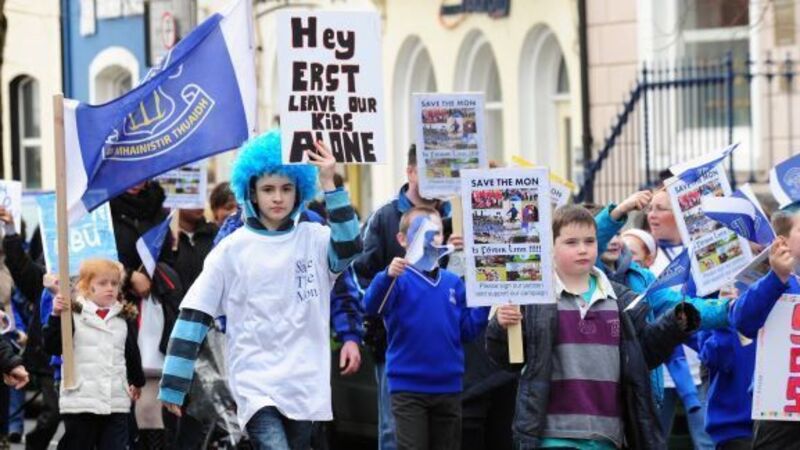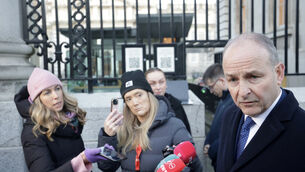Parents have taught the Church a leson in North Mon amalgamation spat

Last Monday, the Edmund Rice Schools Trust (ERST) waved a white flag over a proposal it had forwarded to amalgamate Scoil Mhuire Fatima boys’ school, at the North Monastery, with nearby St Vincent’s girls’ school. The proposal, made public on February 11 by the trustee body, had outraged parents, teachers and past pupils. None of the stakeholders had been consulted about the proposal, which would have involved the boys’ school vacating the North Mon campus and moving down the road to St Vincent’s.
The proposal was dressed up as a response to falling numbers, but many saw it as a cynical move, completely at odds with the kind of ethos ERST, and the three other Catholic trustee bodies involved, claim to represent.
















